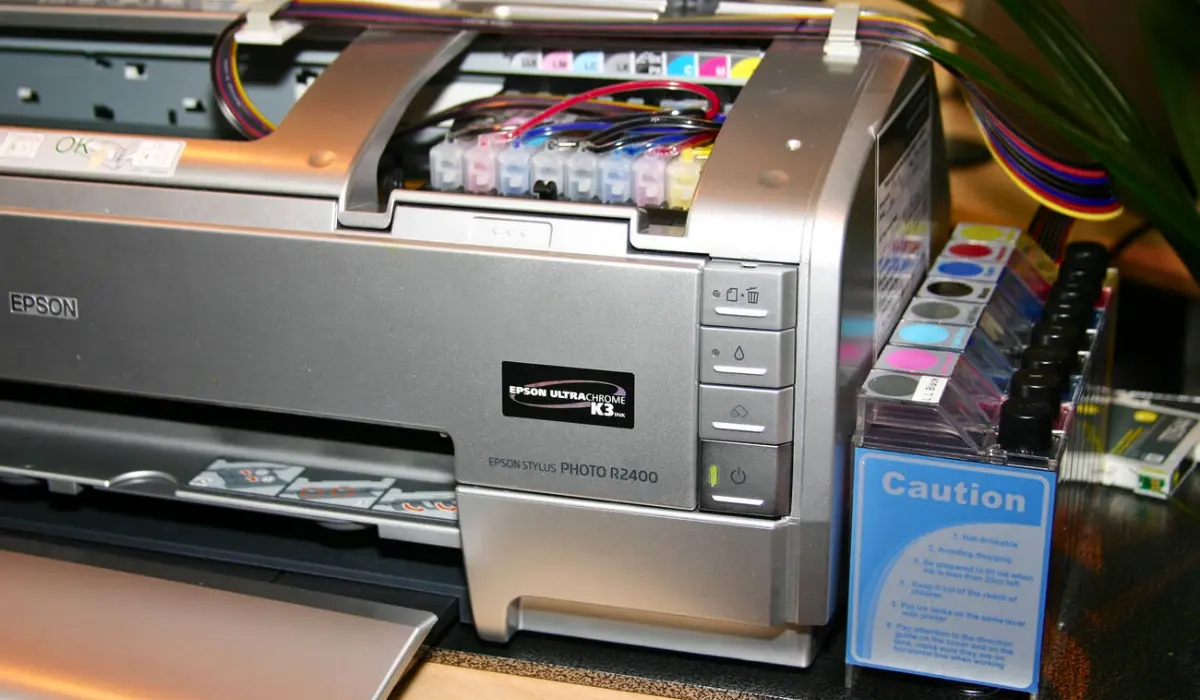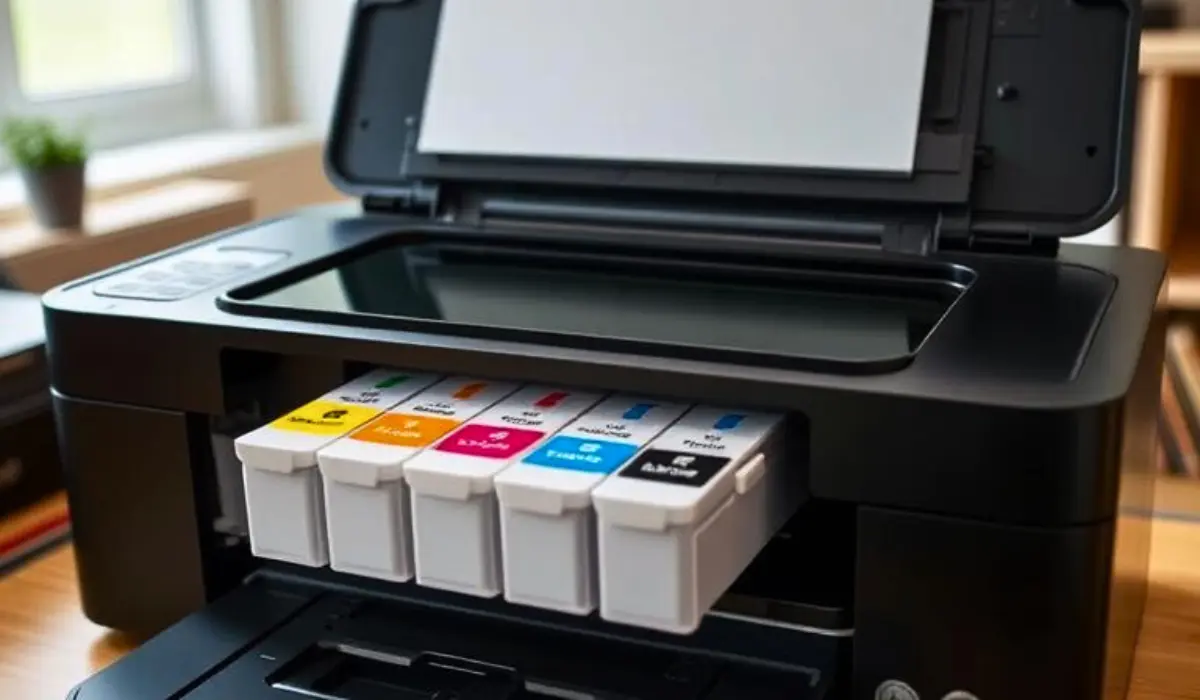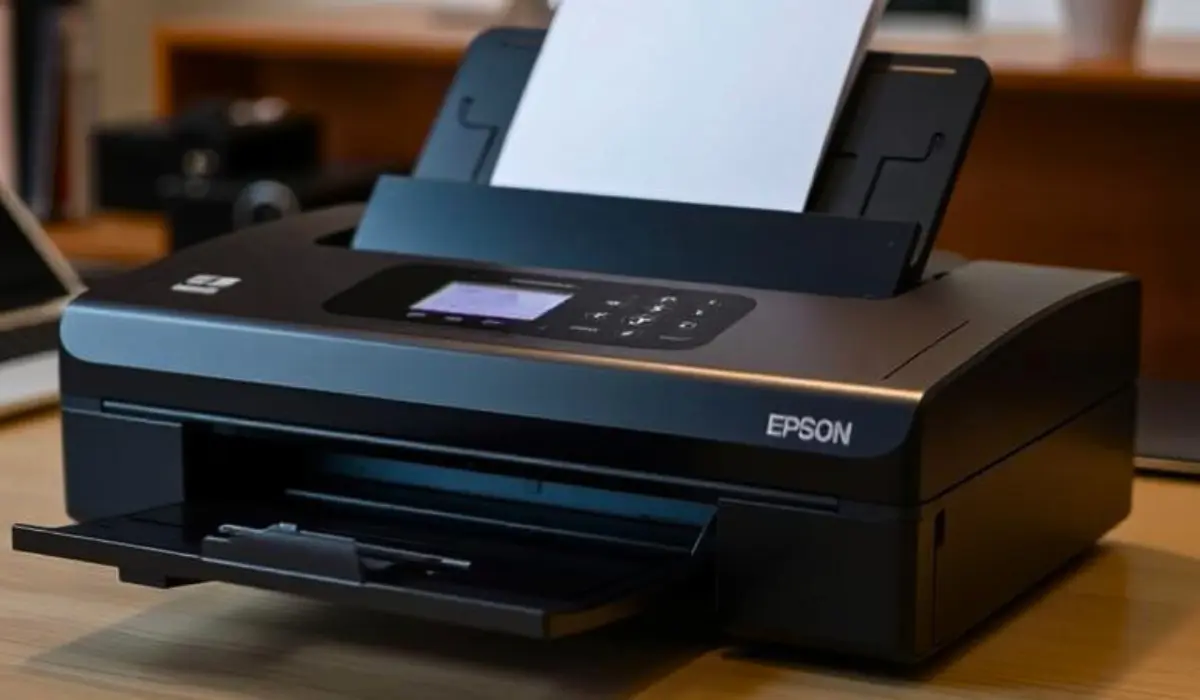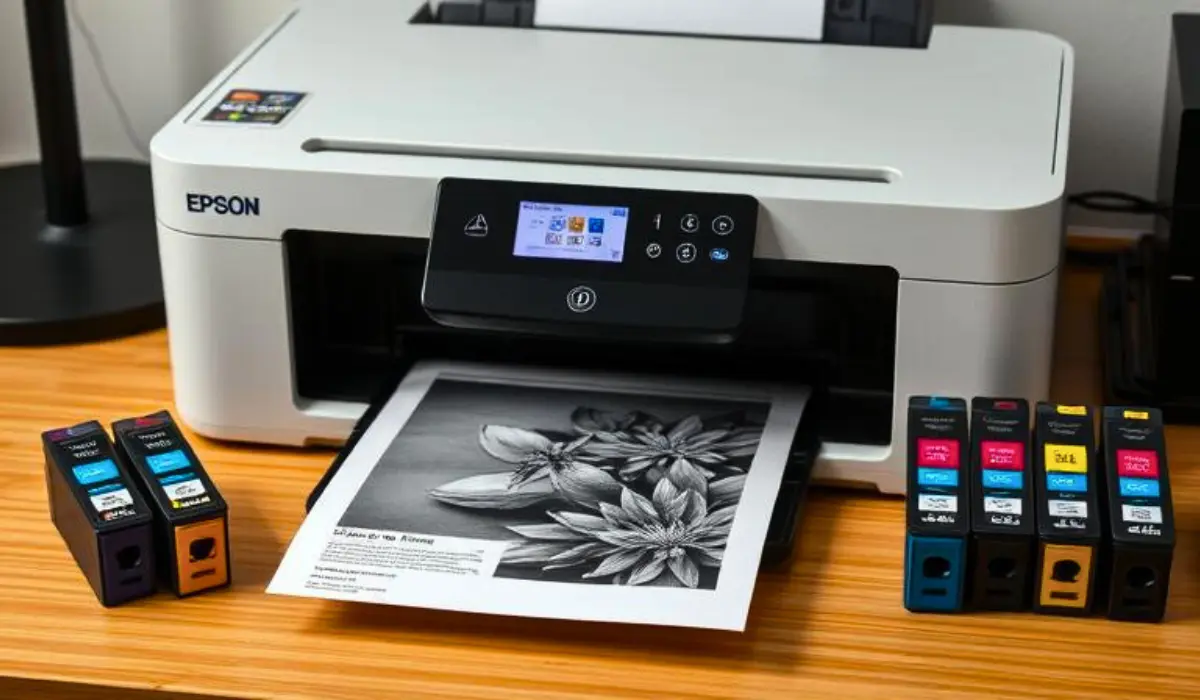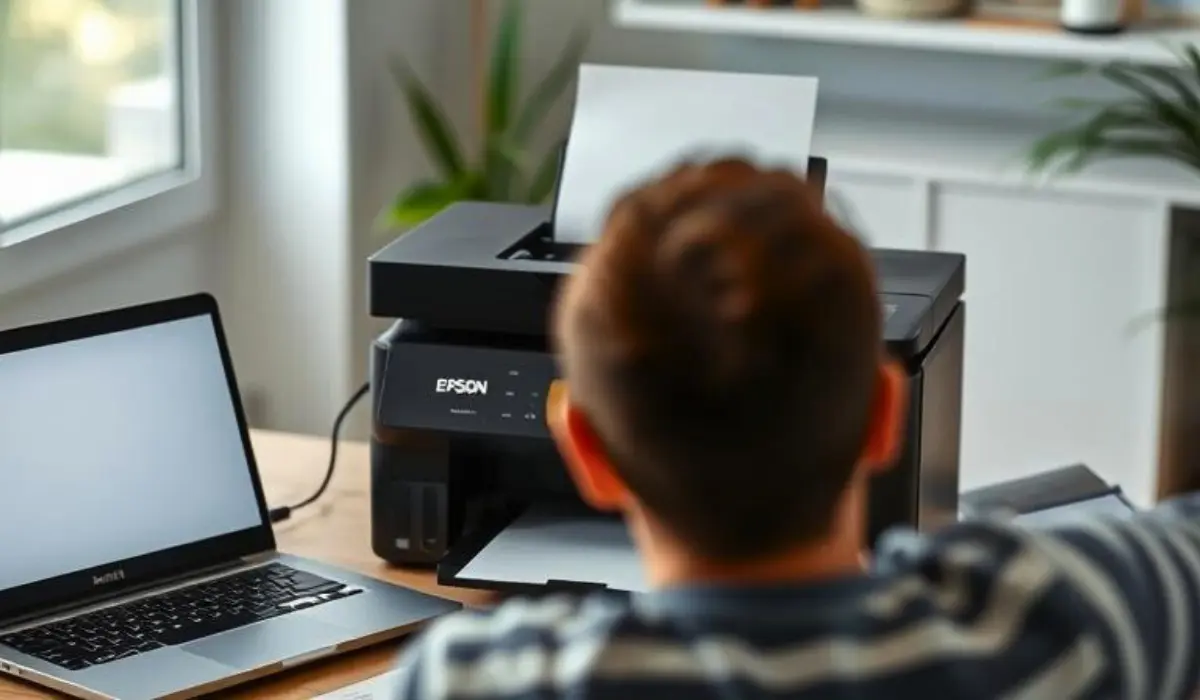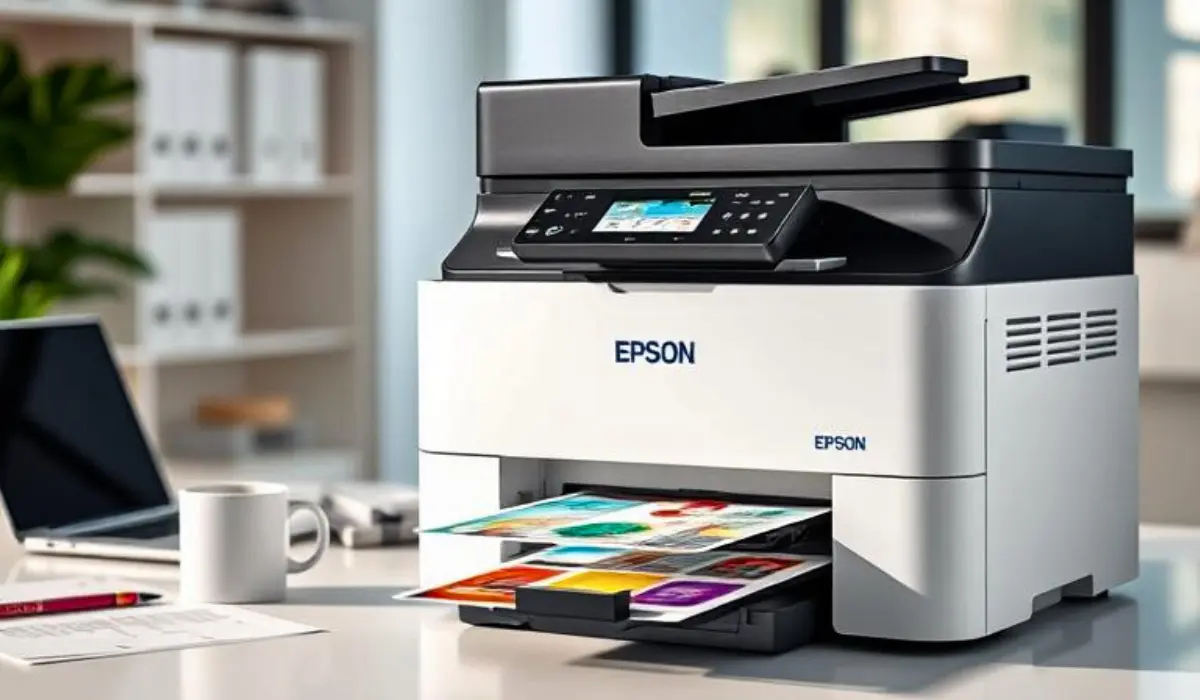How to Clean Epson Sublimation Printer Heads for Better Printing Results?
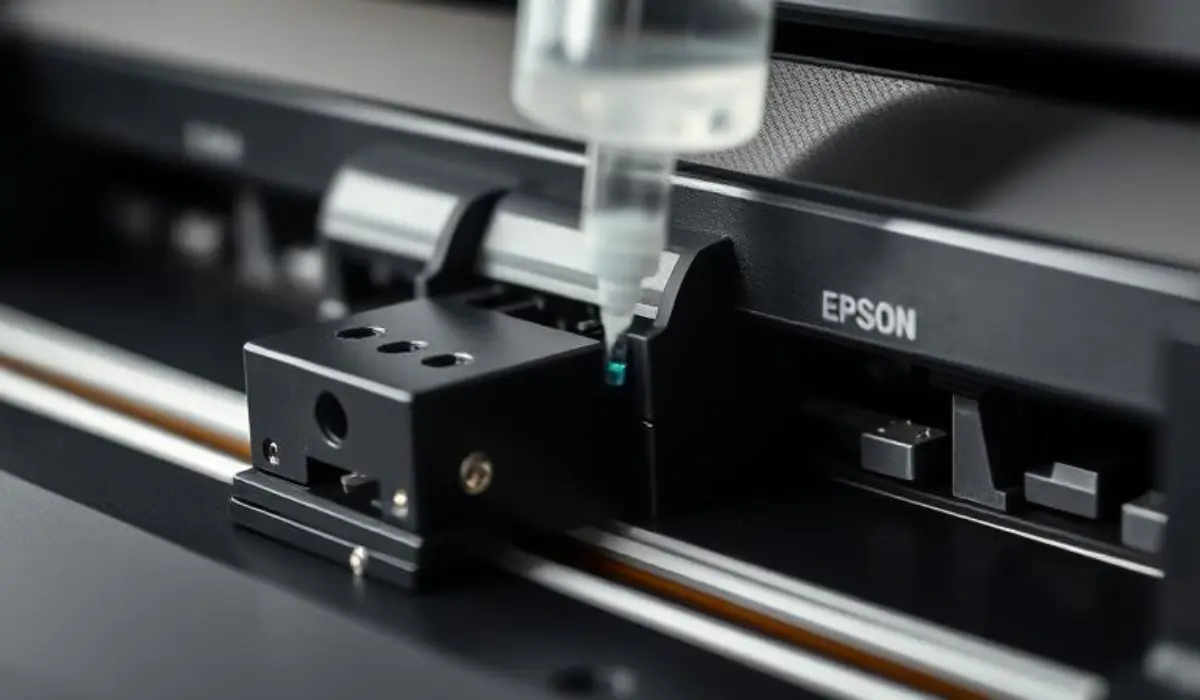
If you use an Epson sublimation printer regularly, you know how important it is to keep the print heads in excellent condition. Over time, dried ink, dust, or improper usage can cause clogs, which affect print quality and waste materials. Learning how to clean Epson sublimation printer heads correctly ensures your prints remain sharp, vibrant, and professional-looking. It also helps extend your printer’s lifespan and prevents costly repairs. In this guide, we will walk you through the safest and most effective ways to clean printer heads—whether using the automatic maintenance features built into your printer or manual methods for deeper care. With the right approach, you can restore smooth ink flow and maintain the high-quality output that sublimation printing is known for.
Why Printer Head Cleaning is Important?
Cleaning your printer heads is not just about preventing streaks or faded prints. In sublimation printing, where color accuracy and clarity are essential, even minor clogs can ruin a design. Regular maintenance ensures:
-
Consistent, vibrant colors on every print
-
Reduced risk of permanent print head damage
-
Less wasted ink and printing materials
-
Longer overall printer life
Neglecting this maintenance can lead to severe blockages that may require professional servicing or even print head replacement, which can be costly.
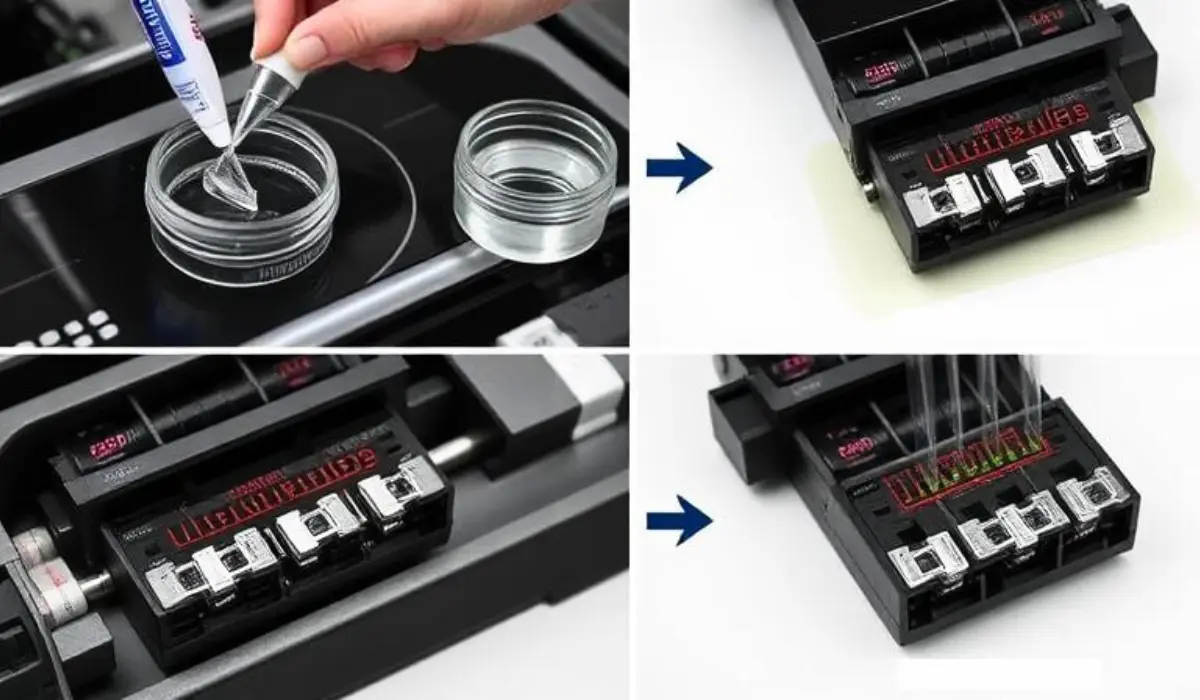
Signs That Your Epson Sublimation Printer Heads Need Cleaning
Before starting any cleaning process, it’s important to confirm whether the heads are clogged. Look out for these signs:
-
Uneven colors or missing lines in prints
-
Blurry or faded images
-
Inconsistent color patches across designs
-
Printer showing a nozzle check error
If you notice any of these issues, it’s time to clean the printer heads before attempting more prints.
Method 1: Using the Printer’s Built-in Cleaning Function
The easiest and safest way to clean Epson sublimation printer heads is by using the printer’s automatic cleaning function.
Steps:
-
Turn on your printer and make sure there’s enough ink in the cartridges.
-
Open the printer settings menu on your computer or directly from the printer’s control panel.
-
Locate the “Maintenance” or “Utility” tab.
-
Select “Head Cleaning” or “Nozzle Check” followed by cleaning.
-
Allow the printer to run its cleaning cycle to push fresh ink through the nozzles.
-
Print a nozzle check pattern to confirm the cleaning worked.
Tip: Avoid running multiple cleaning cycles in a row, as it wastes ink and can overheat the printer.
Method 2: Manual Cleaning for Stubborn Clogs
If the automatic cleaning doesn’t work, manual cleaning can help. This method is more hands-on and requires careful handling.
You’ll need:
-
Lint-free cloth or paper towel
-
Cleaning solution designed for sublimation printers
-
A small syringe with a soft tube attachment
Steps:
-
Power off and unplug the printer.
-
Open the printer to access the print head carriage.
-
Place a folded paper towel under the print head to catch drips.
-
Fill the syringe with the cleaning solution.
-
Gently attach the tube to the ink nozzle and slowly push the solution through.
-
Let it sit for a few minutes to dissolve dried ink.
-
Wipe away excess liquid before reassembling the printer.
Warning: Always use a cleaning solution made for sublimation printers to avoid damaging the nozzles.
Method 3: Preventive Maintenance Practices
The best way to avoid clogs is by preventing them in the first place.
-
Print regularly: Keeps ink flowing and prevents it from drying.
-
Use high-quality inks: Poor-quality ink can cause buildup.
-
Keep the printer covered: Protects against dust and debris.
-
Perform nozzle checks weekly: Catches clogs early before they worsen.
Following these habits reduces the need for deep cleaning sessions.
Common Mistakes to Avoid
When cleaning printer heads, be mindful to avoid these errors:
-
Using tap water instead of a proper cleaning solution
-
Applying too much pressure with the syringe
-
Touching the nozzles with bare fingers
-
Running multiple cleaning cycles without checking results
Gentle, careful cleaning is key to protecting your printer.
Troubleshooting After Cleaning
If print quality is still poor after cleaning:
-
Try one more gentle cleaning cycle
-
Check for low ink levels or incorrect paper settings
-
If problems persist, seek professional servicing
A technician can use advanced ultrasonic cleaning to remove stubborn clogs without damaging the printer.
Conclusion
Knowing how to clean Epson sublimation printer heads is essential for keeping your printer in top condition and your prints looking their best. By recognizing early signs of clogging, using the built-in cleaning function, and performing manual cleaning when needed, you can maintain vibrant, accurate prints. Preventive habits like regular printing, using quality inks, and keeping your printer dust-free will also reduce future issues. Whether you handle the cleaning yourself or rely on a professional, consistent maintenance will ensure your sublimation projects always deliver professional, high-quality results.


